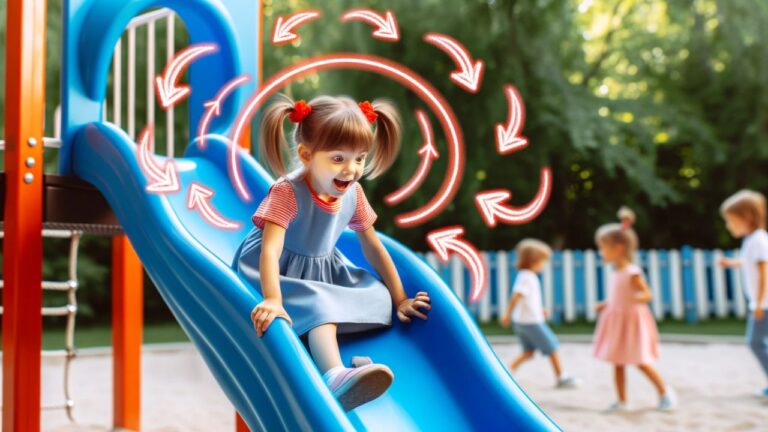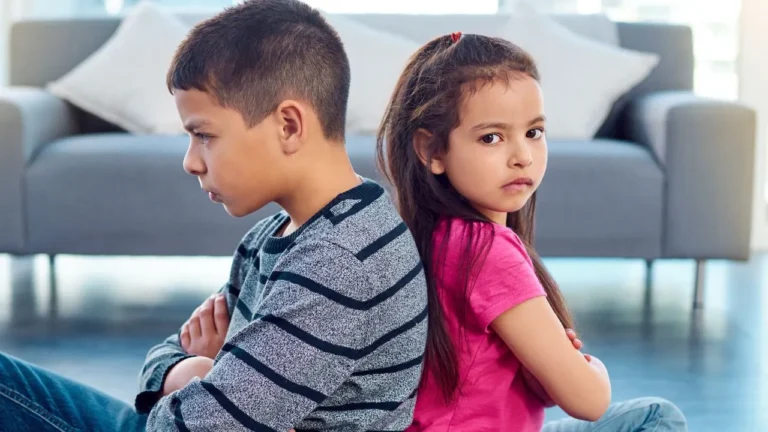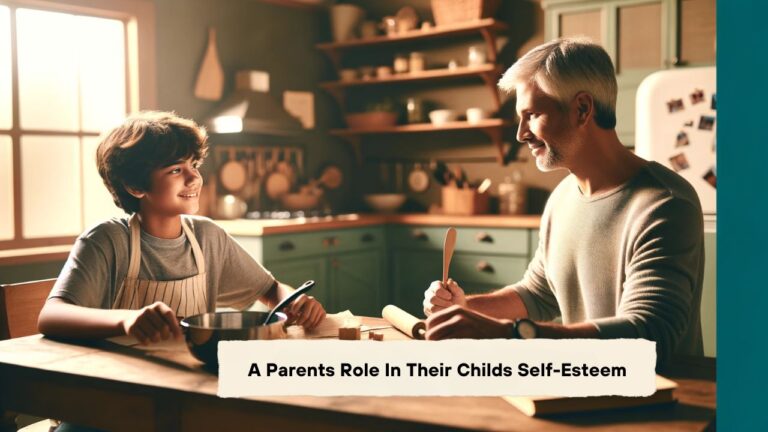What Parenting Style Causes Avoidant Attachment
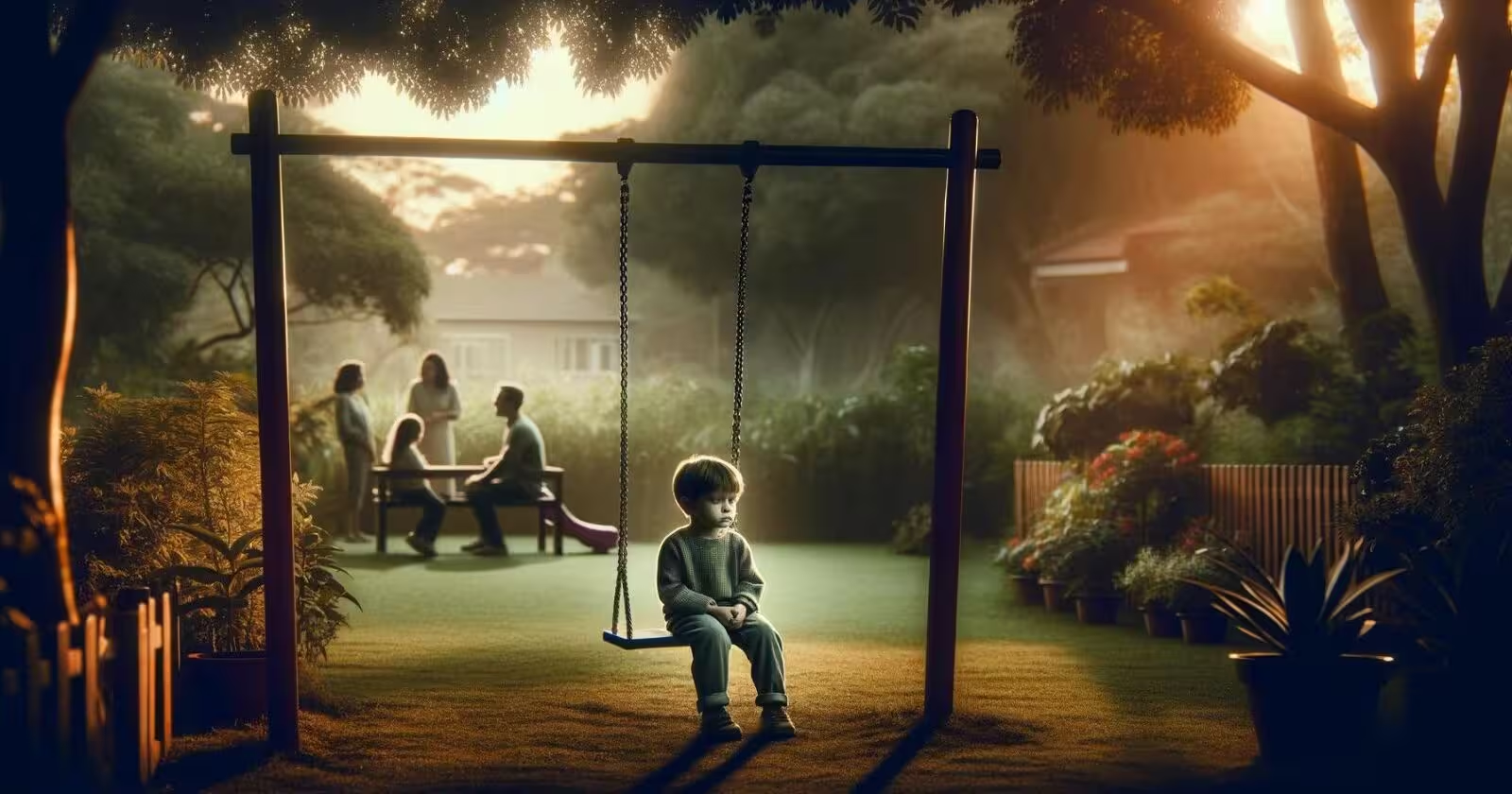
Avoidant attachment between parents and children – marked by emotional distance and compulsive self-reliance. This pattern, originally identified in seminal research by Mary Ainsworth, develops early when parents repeatedly fail to respond to a child’s need for affection, comfort, and validation.
The toddler suffering distress cannot risk vulnerable expression only to be met, yet again, with dismissal or rejection from their caregiver. So they adapt. These children learn to minimize their emotions, conceal their yearnings for closeness, and believe that depending on others is unwise.
This sets the stage for struggles with emotional intimacy across the lifespan.
The consequences span from playground isolation to romantic partner complaints of being “walled off” decades later. Therapists hear seeking clients lament how they “just can’t let partners fully in” once adult relationships grow past the superficial.
Even well-intentioned parents find themselves reacting with frustration when children display neediness, not realizing they transmit the very insecurity they despise. What causes this intergenerational chain of attachment disruption?
This article uncovers how different parenting behaviors can inhibit bonding and heighten avoidance. Foremost is the dismissive parenting style where emotional attunement is scarce, yet practical care is adequate.
We will contrast permissive and authoritative approaches to highlight risks. Understanding predictive childhood patterns and offering guidance to improve emotional availability will together support deeper parent-child attachment bonds.
What is avoidant attachment?
Avoidant attachment is an insecure attachment style that develops in childhood. Children with avoidant attachment tend to avoid close emotional relationships and have difficulty depending on others. As adults, they often have problems with intimacy and close relationships.
Avoidant attachment typically develops when a child’s caregivers are emotionally unavailable or rejecting. The child learns not to express vulnerability or seek comfort from others to avoid further rejection.
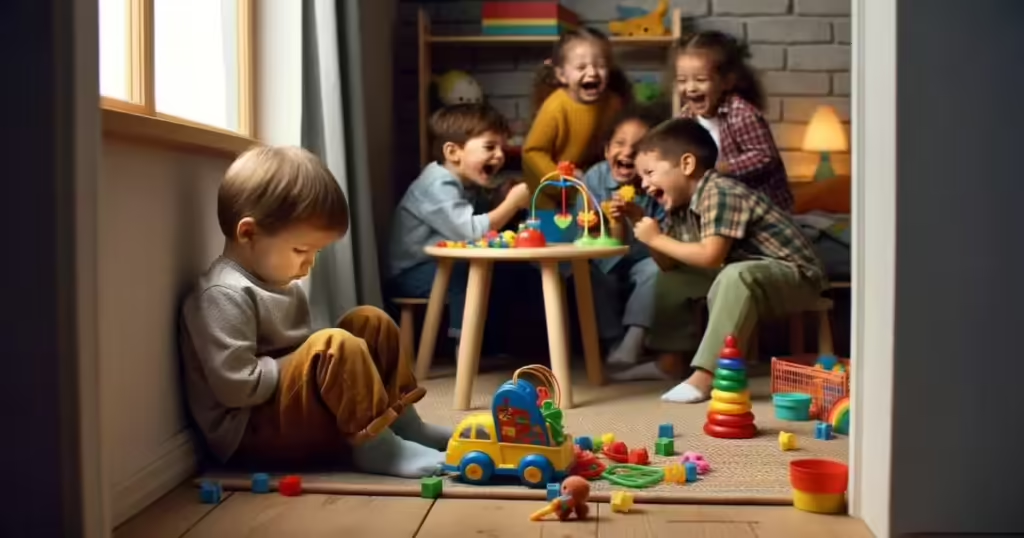
How does parenting contribute to avoidant attachment?
Research shows that several parenting behaviors can contribute to avoidant attachment in children:
If these behaviors are chronic, children learn that relying on others is unwise and that they must be self-sufficient. This leads them to avoid close relationships.
What is the most common cause of avoidant attachment?
The most well-established cause of avoidant attachment is having a caregiver who consistently rejects or minimizes a child’s emotional needs. When children receive the message that it’s unsafe or unwise to rely on others, they develop avoidant strategies to cope.
Research suggests that a dismissive parenting style is most strongly linked to avoidant attachment. Dismissive parents struggle with emotional availability and react to their children’s vulnerability by rejecting, ignoring, or minimizing their needs. Over time this leads children to avoid emotional closeness.
Can permissive parenting cause avoidant attachment?
Yes, permissive parenting can contribute to avoidant attachment in some cases. Permissive parents make few demands on their children and give them abundant freedom.
While less overtly rejecting than dismissive parenting, permissive parenting can still lead to avoidant attachment. Children may receive adequate physical care but lack emotional nurturance and structure. Without having their emotional needs met, they may fail to develop secure attachment bonds.
What other factors influence avoidant attachment?
While parenting plays a major role, children’s inborn temperament also affects attachment. Independent children, who don’t enjoy physical touch or have a high self-soothing capacity may be somewhat prone to avoidant attachment even with reasonably sensitive parents.
Environmental factors like poverty, caregiver mental illness, and trauma can also make it harder for parents to provide responsive care and influence attachment security.
Can authoritarian parenting cause avoidant attachment?
Yes, an authoritarian parenting style marked by strictness, harsh discipline, and lack of warmth can increase children’s risk of developing an avoidant attachment pattern. Authoritarian parents tend to prioritize obedience over nurturance.
They may meet their child’s basic needs but fail to respond sensitively to their emotional needs. This can condition children to avoid relying on their caregivers for comfort during times of distress.

What signs of avoidant attachment might children show?
Several behavioral signs may indicate an avoidant attachment pattern in children:
Other possible signs include a lack of separation anxiety around caregivers, excessive self-reliance in tasks, and social isolation from peers. Caregiver reports of child behavior can help identify attachment patterns.
Can neglectful parenting cause avoidant attachment?
Yes, parental neglect is strongly associated with avoidant attachment patterns in children. Neglect essentially deprives children of consistent nurturance and care.
Physically neglected children may receive adequate food and housing but lack emotional availability from parents. Their needs for comfort, affection, and validation go unmet. Over time these children detach from caregivers and develop avoidant coping strategies.
Childhood neglect has well-established long-term consequences, including an increased risk for insecure attachment styles and accompanying interpersonal problems.
What are signs of dismissive parenting leading to avoidant attachment?
Dismissive parenting behaviors that can contribute to avoidant attachment in children include:
Children may react by hiding their feelings, coping alone, or prematurely forcing independence. These early defensive strategies often persist as maladaptive attachment patterns.
Can having a parent with avoidant attachment cause avoidant attachment in children?
Yes, research indicates that a parent’s attachment style significantly influences their child’s attachment development. If a parent has an avoidant attachment style from their upbringing, they are more likely to struggle to provide nurturance and emotional availability.
Avoidant adults often feel discomfort with intimacy and dependency in relationships. As parents, this can make them unlikely to respond sensitively when their children express vulnerability or seek comfort. They may even react negatively to clingy behavior.
Through repeated exposure to parental emotional unavailability, children learn to avoid relying on others. This propagates the intergenerational transmission of avoidant attachment patterns.
Can having an insecure-resistant/ambivalent attachment cause avoidant attachment in children?
It’s possible but less common. Parents with insecure-resistant/ambivalent attachment tend to be inconsistent and intrusive in caregiving. However, they usually don’t directly reject emotional needs.
The constant pressure and entanglement from these parents could potentially motivate children to develop avoidant strategies. However, research more often links ambivalent parenting to anxious attachment patterns in children.
Anxious and avoidant attachment styles represent two distinct adaptations to insensitive caregiving. Children likely develop one or the other based on how parents specifically mishandle their emotional needs.

What therapies help children with avoidant attachment?
Therapies that may help children with avoidant attachment issues include:
The most important component is improving the caregiver’s capacity for nurturance and responsiveness. This facilitates the reorganization of children’s mental working models about relationships. Additional interventions can also teach coping strategies to address attachment insecurity.
Can children develop secure attachment even if parents have avoidant attachment styles?
Yes, children can develop secure attachment bonds even if their parents have avoidant attachment styles. Several factors influence this:
Additionally, children have innate resiliency factors. Their temperaments and ability to elicit care from others can help buffer against parental unavailability.
However, even with mitigating factors, having a parent with an avoidant style remains a risk factor. Conscious effort is needed to promote secure, healthy attachment when children are exposed to poor parental bonding models.
What are the long-term impacts of avoidant attachment in adulthood?
Adults with avoidant attachment often struggle with intimacy, emotional expression, and relationships throughout life. Common long-term impacts include:
Left unresolved, avoidant attachment predisposes to loneliness, anxiety, depression, and broader societal disconnection over time. Therapeutic work can mitigate these impacts.
What are the signs of an avoidant attached parent?
There are several common signs that a parent may have an avoidant attached style:
These parents may deeply care for their children but struggle with emotional closeness. Their discomfort and negativity around intimacy, vulnerability, and reliance on others get passed on.
What attachment style is most common?
Research on attachment styles shows that:
So while the majority of individuals grow up with secure attachment, insecure attachment styles are still very common. Up to 35-45% of adults have an insecure attachment orientation that can cause social and emotional challenges.
These statistics underline why attachment theory is so crucial for understanding human relationships and providing better support for caregivers and children alike.
Can having a disorganized attachment cause avoidant attachment?
Disorganized attachment and avoidant attachment are distinct yet related insecure attachment styles that can overlap.
Disorganized attachment is most strongly linked to abuse, trauma, or very inconsistent, frightening caregiver behavior. It reflects the breakdown of an organized attachment strategy.
Avoidant attachment is a more organized adaptation to emotionally unavailable or dismissive caregiving. Avoidants develop a consistent defensive strategy of compulsive self-reliance.
In some cases, children first develop disorganized attachment due to extremely negligent parenting. Over time, they may shift towards a more avoidant attachment pattern as a coping mechanism. So early disorganization can evolve into avoidance later on.
What percentage of avoidant-attached adults experience intimate relationship problems?
Research suggests a strong majority of adults with avoidant attachment styles experience some form of intimate relationship difficulties and dissatisfaction.
Estimates indicate:
In essence, the defining characteristics of avoidant attachment pose significant barriers to fulfilling long-term romantic bonds for most avoidant individuals.
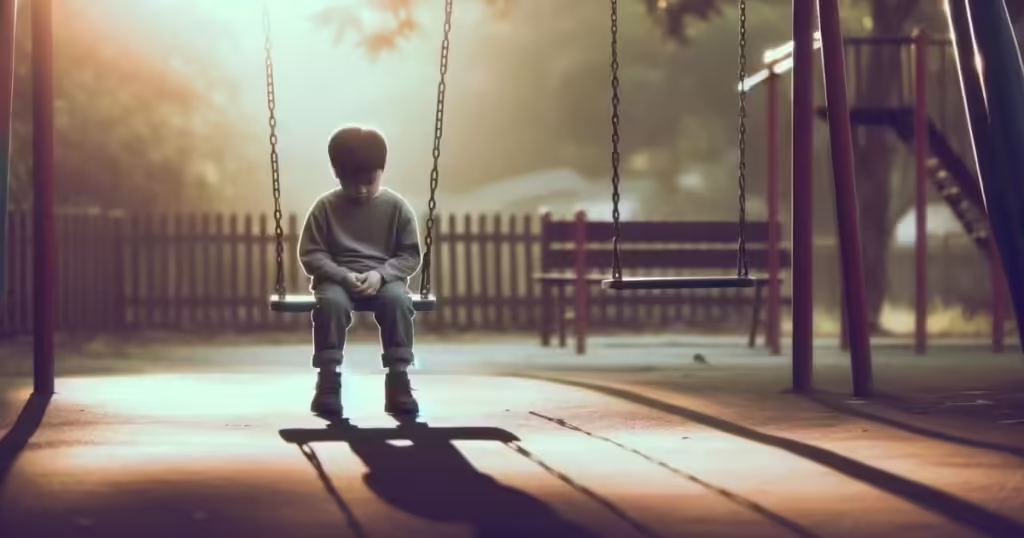
What can parents do if they have an avoidant attachment style?
If parents identify avoidant attachment patterns in themselves, some important steps include:
It requires conscious effort and support for avoidant parents to overcome ingrained tendencies. However, enhancing caregiving behaviors can help children develop more secure attachment bonds.
How can dismissive parents become more attuned to their children’s attachment needs?
Dismissive parents who invalidate or ignore children’s emotional needs can become more attuned by:
With education, self-insight, and willingness to feel some discomfort, dismissive parents can unlearn entrenched patterns. It deepens the parent-child bond greatly.
What are the most effective parenting techniques to build secure attachments?
The most effective techniques for building secure parental attachment include:
Essentially parents must make children feel safe, seen, soothed, and secure. This provides a dependable foundation for kids to explore worlds both internal and external.
Final Takeaways on Avoidant Attachment and Parenting
In conclusion, several key takeaways exist around parenting styles, child attachment patterns, and avoidant attachment:
The good news is that conscious shifts in parenting can help children develop more secure bonds built on trust and emotional attunement. Even parents struggling with their attachment issues can make progress with education and support.
By learning to identify and respond sensitively to children’s attachment needs, parents enable the next generation to have healthy, fulfilling relationships. Few legacies are more valuable than disrupting cycles that impede love and connection.





